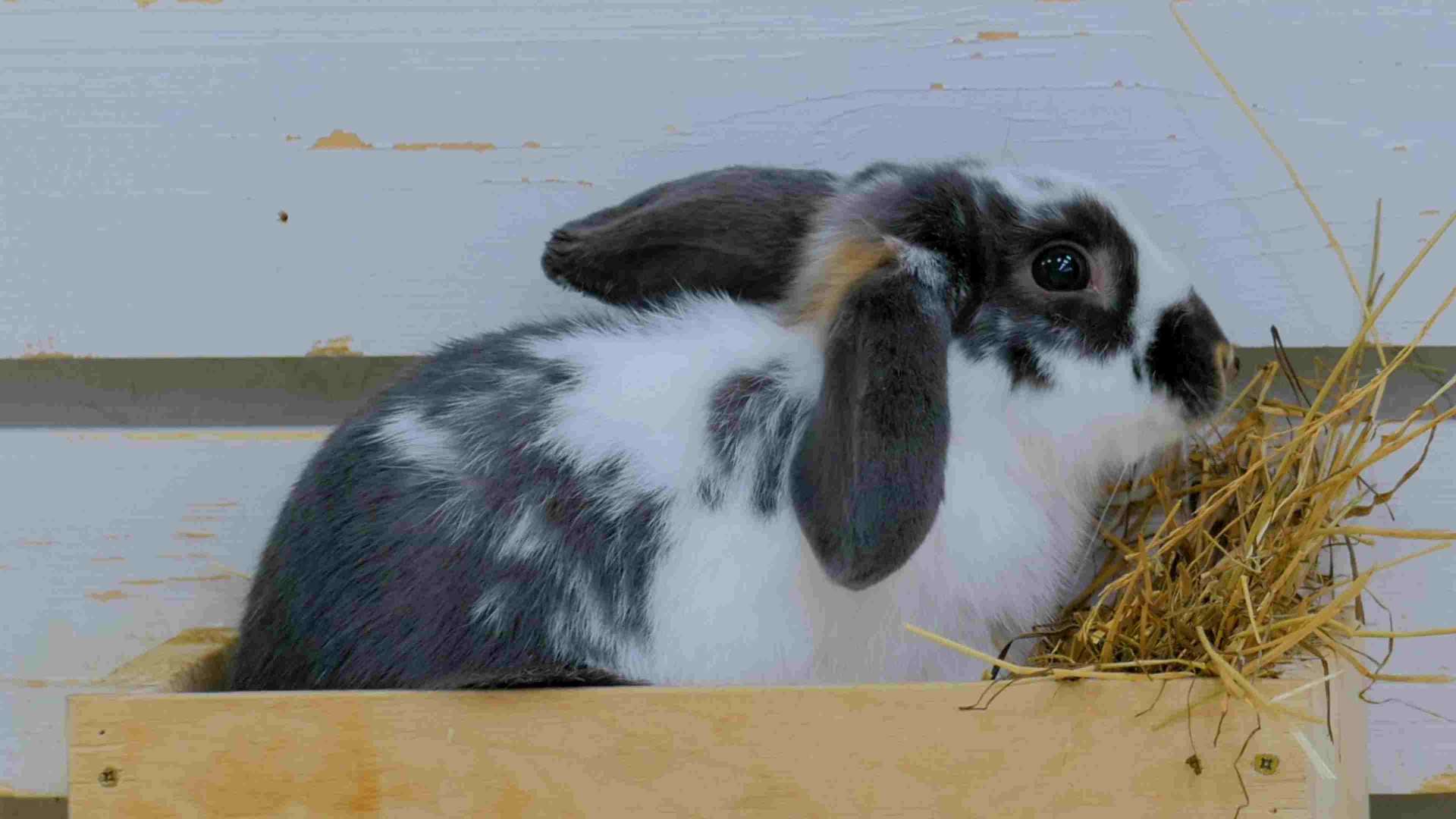home sweet bunny home
Our love for rabbits multiplied one million percent when we blogged about our friend Lane’s cute bunnies. You too, right?
And now that we’ve introduced rabbits to the Banfield blog, it’s the perfect opportunity to talk about an important question: If you have a bunny or are getting a bunny, where should you house them? Which also brings up another important question: What kind of litter should you use?
Bunny hutch: how to house your rabbit
Most rabbits live in cages, which vary based on species, rabbit size, and how much space you have in your home.
Rabbits like to move around and need to stay active, like most mammals, so their house needs to give them some space. At a minimum, a rabbit’s cage should be 4' x 2' x 4'. Oh, and you’re going to be cleaning it (yay!), so find something that’s big enough for the bunny’s comfort but not so big that you can’t (or won’t) sanitize it regularly. BTW, it’s a good idea to “spot clean” a rabbit’s hutch at least daily to help maintain hygiene and freshness.
Metal cages are recommended, but make sure to cover the spaced metal grating on the floor so your rabbit’s foot doesn’t get trapped in the cage bars. Many rabbit owners use wicker mats, plastic coverings, and towels as floor coverings. Whatever you use, it’s probably going to get gnawed on – so don’t use anything you value or that could be toxic to your bunny.
When rabbits feel at home, they like to burrow. Make it easy, fun, and safe for them by adding a small fake grass patch to their home, or some hay (see more below). Experiment with rabbit-safe materials and find the arrangement that your rabbit likes best. Having access to a “burrow” also helps them feel secure, so having some sort of tubular structure they can hide in may help reduce anxiety.
Under the bun: choosing litter that works
Rabbits spend a lot of time in their litter boxes, they sometimes nibble on litter, and – this might surprise you – their urine can have a really strong odor and vary in color (depending on what they’ve been eating). So, finding the right litter is an important part of being a loving rabbit owner.
Should you go organic/natural? Well, it’s easiest on your rabbit’s skin and stomach, which is obviously a good thing. The House Rabbit Society recommends alfalfa, oat, citrus, or recycled paper to build the perfect all-organic litter. Want to bring some variety to the mix? You can add hay as a top layer, giving your rabbit something to nibble and to burrow into. Also, in general, avoid litters made from softwoods, like pine or cedar, which have been linked to liver problems in rabbits.
Have fun with your cute fluffy bunnies, help them feel at home, and check the Banfield blog for more rabbit stories soon.
Also, please remember that rabbits are exotic pets and therefore require unique veterinary expertise. Veterinary care for rabbits is available at some Banfield Pet Hospital locations, but not all. Please check with your local Banfield to learn if their team can offer care or refer you to another veterinarian.
 Mites and mange
Mites and mange Podcast - Not Just Fluff
Podcast - Not Just Fluff





